- Kenya's standard gauge railway is about 600 kilometers long and is one of the model projects of China-Africa cooperation
- A total of 14 large-scale wildlife passages have been set up along the entire line, and 108 bridges and hundreds of culverts have been built
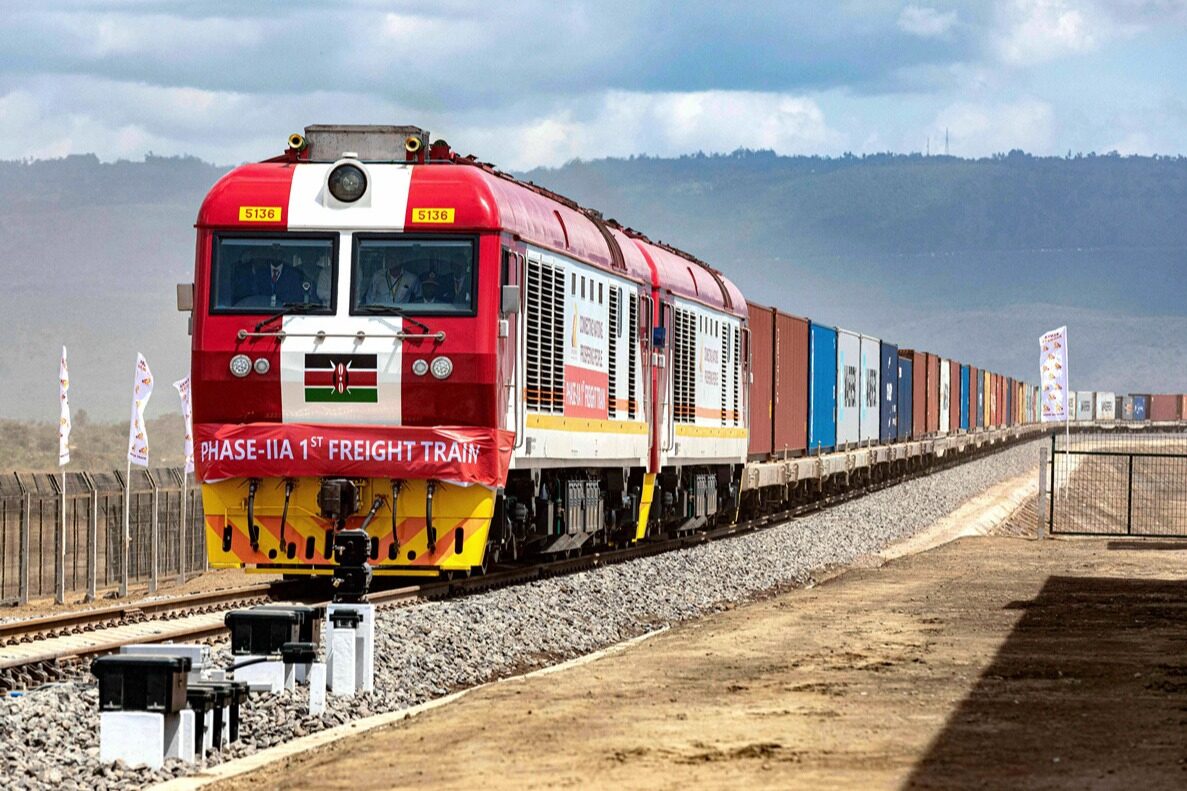
Obed Kiluwa, technical director of the engineering workshop of Africa Star Railway Operations Co., Ltd., said in an interview a few days ago that the Kenyan standard gauge railway built by China will basically not affect the wild animals living along the line, and they never seem to care about the presence of trains. Drive overhead.
standard gauge railway
In Kenya, an East African country known as the Holy Land of Animal Migration, this standard-gauge railway with a total length of about 600 kilometers is the largest infrastructure construction project since Kenya’s independence, and it is also the flagship project for Kenya to realize its national development vision in 2030. One of the model projects of non-cooperation.
The railway is constructed by China Road and Bridge Engineering Co., Ltd., and its subsidiary Africa Star Railway Operations Co., Ltd. is responsible for operation and maintenance. At present, the standard gauge railway is divided into the Mombasa-Nairobi section of about 480 kilometers, which is the Mombasa-Nairobi Railway, and the Nairobi-Susuva section of about 120 kilometers, which is the first phase of the Nairobi-Malabar Standard Gauge Railway, passing through the largest railway in Kenya. Tsavo National Park, a wildlife sanctuary, and Nairobi National Park. Nairobi National Park is about 7 kilometers away from downtown Nairobi. It is one of the few national parks in the world located in the urban area of the national capital. Nearly 100 species of mammals and more than 500 species of birds live in this tropical grassland and woodland of about 117 square kilometers.
Kirua said that this modern railway in Kenya has strictly complied with various environmental protection indicators from design to construction to operation to ensure that the railway and wild animals live in harmony. In the design of the project, the Chinese side has considered how to minimize the environmental impact, especially to protect the migration channels of wild animals. In order to ensure the free passage of wild animals, especially large animals such as giraffes and elephants, after the completion of the railway, the first phase of the Neima Railway adopts a plan to cross the park with a super-large bridge, with the lowest pier exceeding 6 meters.
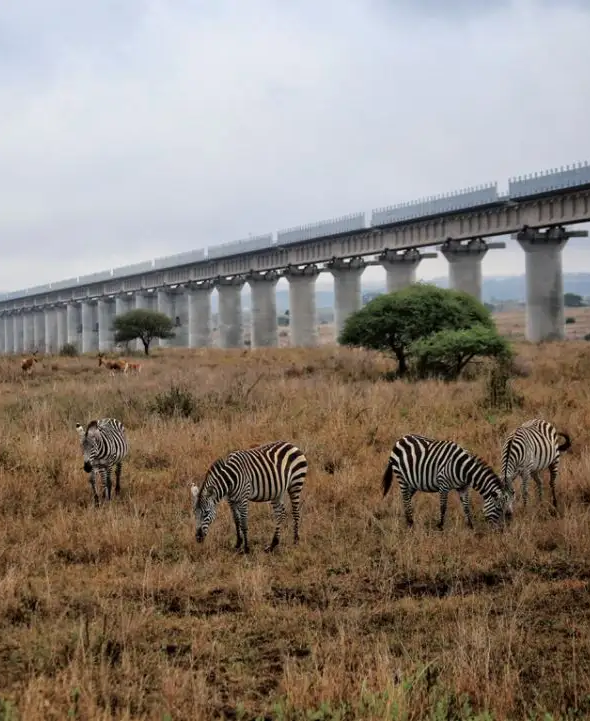
"I have witnessed with my own eyes the unremitting efforts made by Chinese builders to make the railway project and the natural environment coexist harmoniously." Kirua said that in the railway design, the builders used the A50 highway in the Netherlands, the B38 highway in Germany and China's Based on the design experience of the Qinghai-Tibet Railway, a series of measures to protect animals have been adopted.
Not only that, the Chinese builders also installed sound barriers on both sides of the guardrail of the super-large bridge across Nairobi National Park, which greatly reduces the noise of trains passing through the national park and minimizes the impact on wild animals. Kiruwa and colleagues check the sound barriers for malfunctions or weather damage on average once a month.
However, Kirua did not know what a sound barrier was before the railway opened. Like many local residents, he is worried that the noise generated by the train will startle wild animals and affect migration.
Kirua believes that Chinese technology and environmental protection concepts prove that my worries are unnecessary. Not only the Kenyan government, but also international agencies such as the United Nations Environment Program are all concerned about the living conditions of animals and plants in Nairobi National Park, and they affirmed the achievements of biodiversity protection along the railway. Thanks to the sound barrier, the animals hardly take train traffic seriously. Kirua can often see some wild animals resting in the bridge holes under the railway bridge.
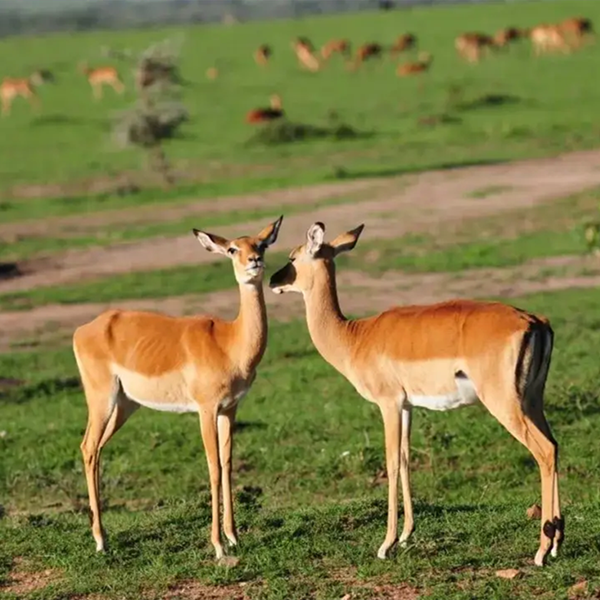
Zhang Zhengyi, deputy director of the Nairobi engineering and electrical maintenance workshop of Africa Star Railway Operations Co., Ltd., said that since its opening to traffic in 2017, the concept of railway operation has always been green, open, coordinated, and shared. They insist on reducing dust during the operation and maintenance process , Noise reduction, sewage purification, waste oil recycling, etc., minimize the impact of operation and maintenance on the local ecological environment, and realize the harmonious coexistence of railway transportation and wild animals and plants. He recalls seeing a rhino for the first time on a railway line in Nairobi National Park. "A few years ago, when I was inspecting and overhauling the railway line, I saw a rhinoceros family resting near the bridge. The little rhinoceros is so cute that it is not afraid of trains at all." Now, he is used to such scenes.
Kenya's standard-gauge railway has also been lauded by environmental experts for its role in tackling climate change because it produces far less carbon dioxide per tonne of freight than road transport.
Building bridges and animal crossings will help protect iconic wildlife species, said Nancy Gitaiga, the Kenyan regional director of the African Wildlife Foundation. "The wildlife protection measures adopted by Kenya's standard gauge railway provide a reference for the future development of large-scale infrastructure projects in Kenya."
Kenya is one of the most biodiverse countries and attracts tourists from all over the world. "Today, the Kenya standard gauge railway designed and constructed by China has also become a beautiful landscape in Africa. Here, animals and railways walk together, and people and nature coexist. We are moving towards green prosperity." Kirua said. Editor/He Yuting
Comment
 Praise
Praise
 Collect
Collect
 Comment
Comment
 Search
Search


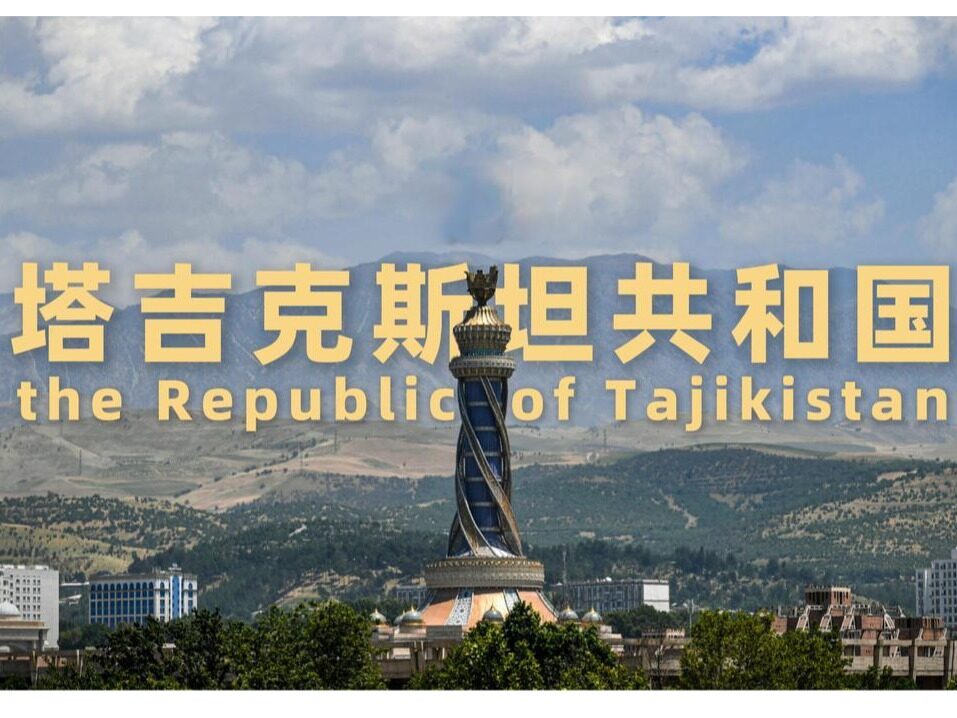

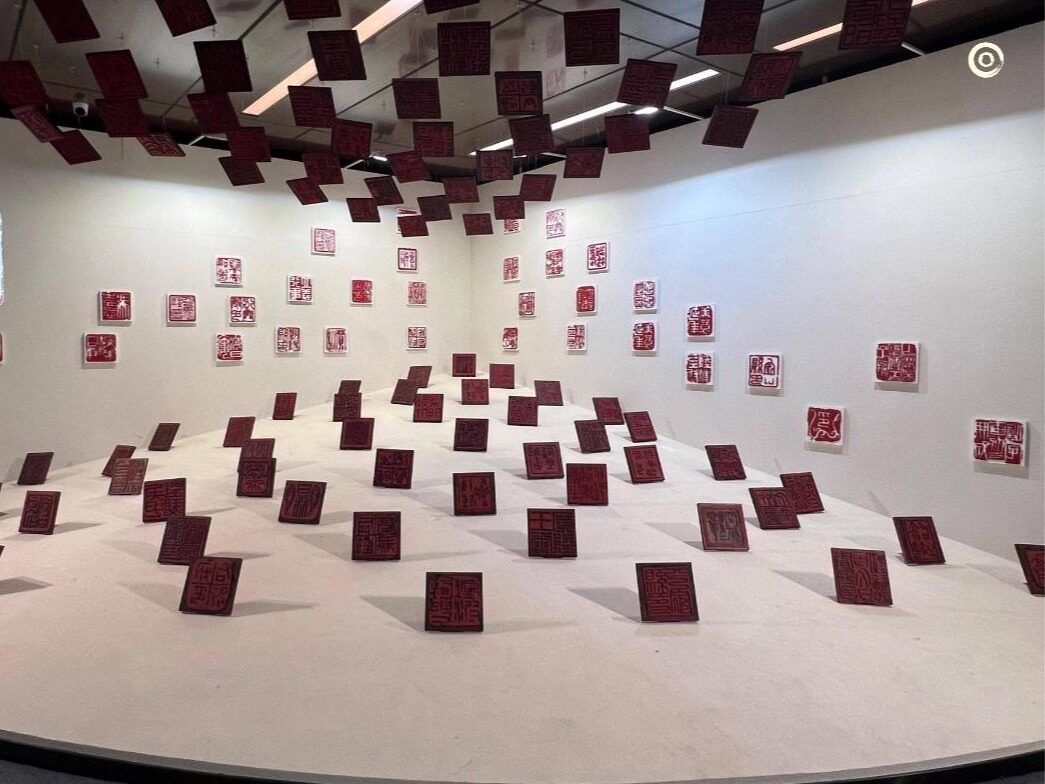
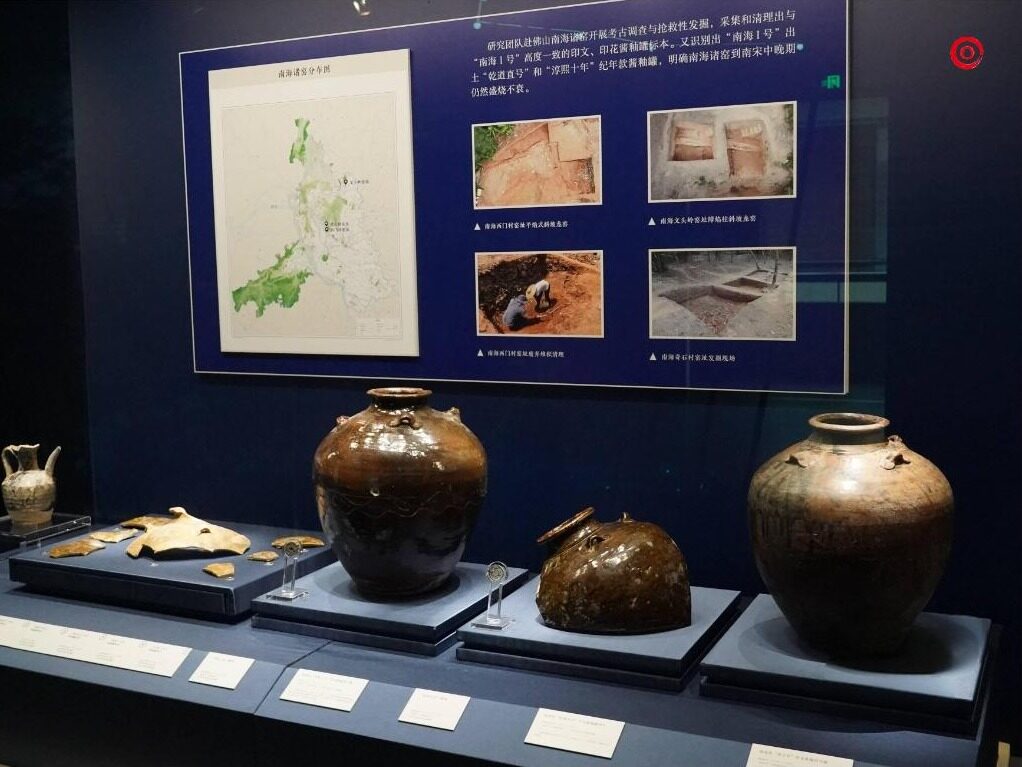

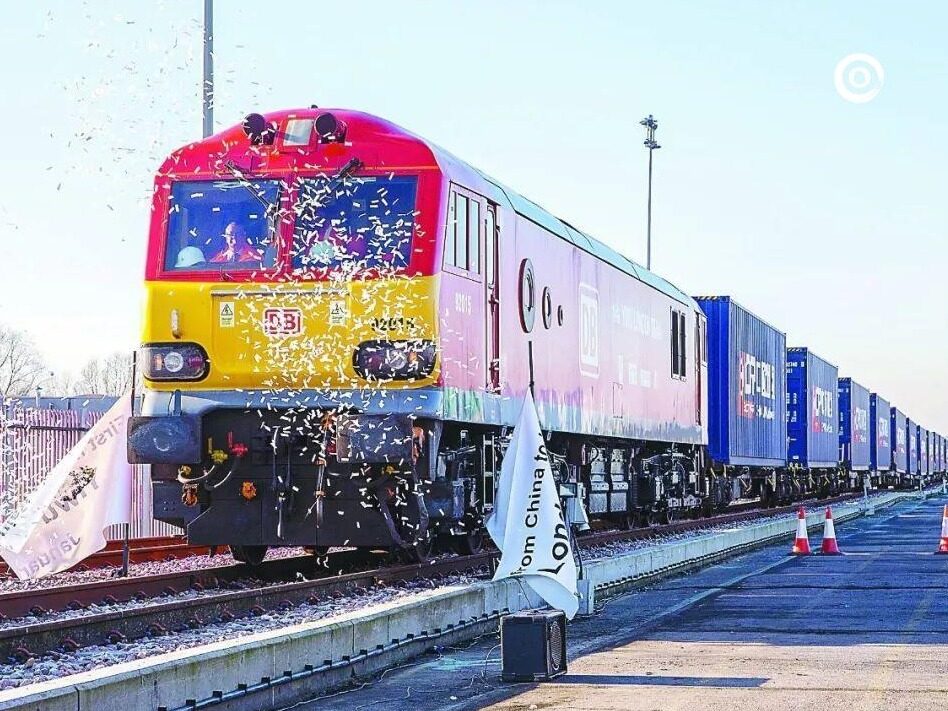






Write something~